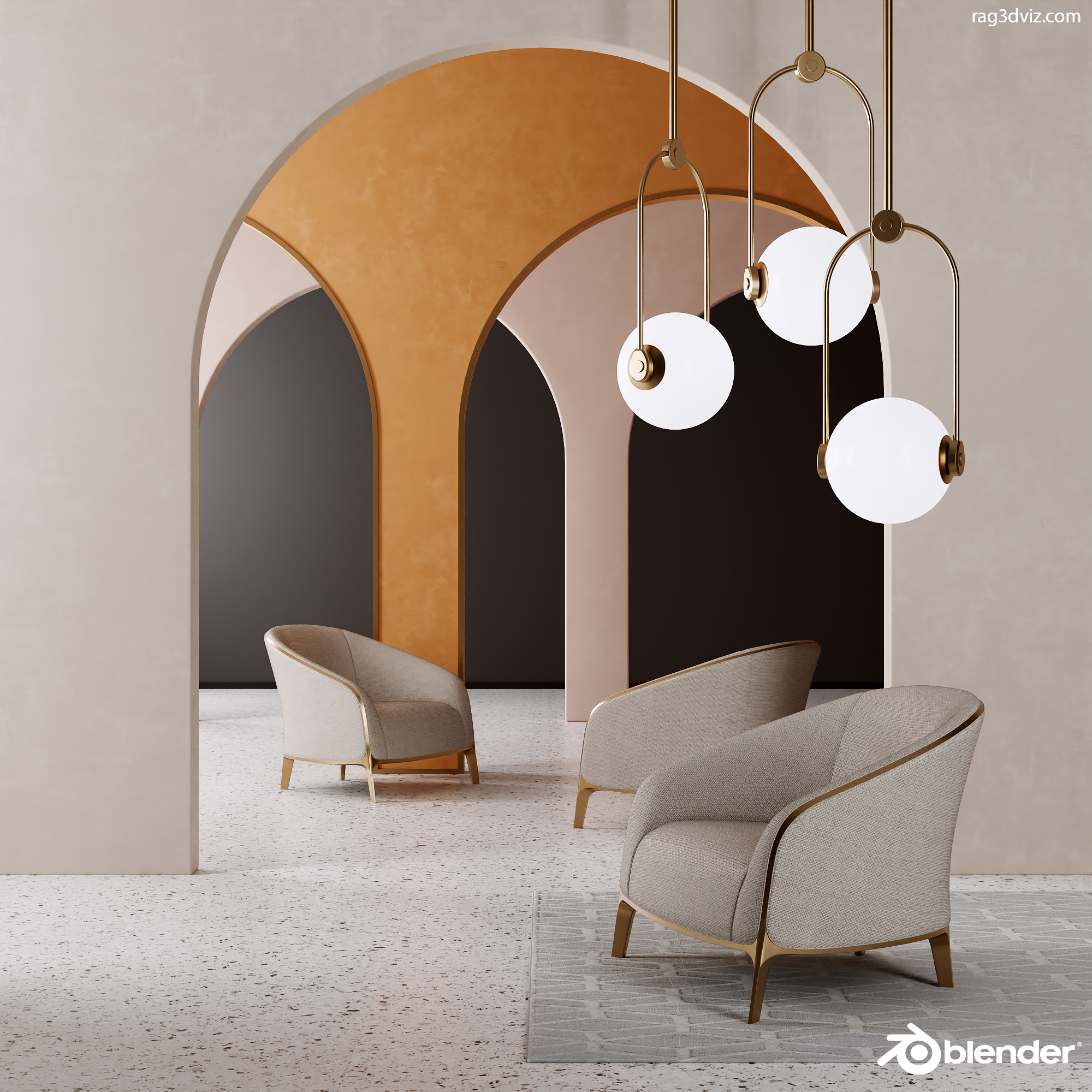

It's not as production tested or feature-rich as Arnold, but it's still an excellent render engine for most situations. The GPU rendering is mature and works well. CyclesĬycles is the render engine that comes with Blender, and it's a really good and well-rounded engine. Some are GPU based, making them incredibly fast, but not great for larger scenes, others are real-time which means there's practically no render time but the results are worse, and some are built to render out insanely large scenes, but can be technical and slow to work with. By changing the color of your lights, you can quickly make the scene feel completely different.ĭifferent render engines have different strengths and weaknesses, but as a beginner you can safely stick to the default render engine that ships with your 3D software. The only difference in the images below is the color of the two area lights. You can either use color temperature measured in Kelvin or set the color to the exact one you like. You can change the color of all the lights to dramatically alter the feel of the scene.

Instead of thinking about highly technical 3D term, think about real-world lights, like spot lights, light bulbs, the sun and ambient lighting from the environment. The way you'd like a film set is often how you'd like a 3D scene.


The easiest way to understand 3D lighting is to think about lighting in the real world. Lighting is the stage when you're setting emotional tone of the scene and making it feel realistic and grounded. Rendering is turning the 3D scene into a flat 2D image (or image sequence), calculating all the lights, materials, 3D models - to create a final image. Lighting is when you place lights, adjust their intensity and color to create a particular mood and atmosphere. Lighting and rendering are the last two parts of the 3D workflow.


 0 kommentar(er)
0 kommentar(er)
